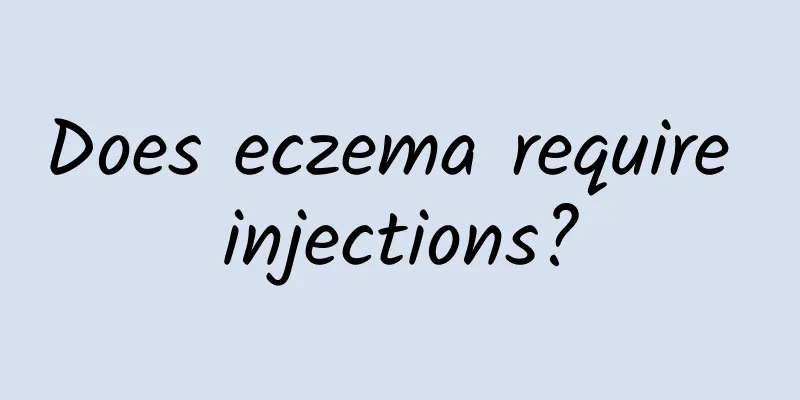Is it a blessing or a curse if a man's left eyelid twitches?

|
In daily life, we all have eye twitching. In fact, eye twitching is a type of hemifacial spasm. In the early stage of hemifacial spasm, intermittent twitching of the extraocular muscles is common. The upper eyelid trembles independently and slowly spreads to one side of the face and other muscles, accompanied by excitement and anxiety. It can stop after falling asleep. Hemifacial spasm is very easy to be misdiagnosed. It rarely occurs in bilateral muscles, which also reminds us to pay attention to early symptom identification. 1. Is it a blessing or a curse for a boy’s left eyelid to twitch? Whether it is eye twitching or facial spasm, except for space-occupying, most of them are due to factors such as mental anxiety, extraocular muscle fatigue, poor rest, chronic disease symptoms and sequelae of facial paralysis, which weaken the autonomic nerve transmission, insufficient nutrients around the eye, and produce contact point adhesion between capillaries and peripheral nerves, which trigger muscles and cause independent tremors. The total contact area between capillaries and peripheral nerves expands, and the contact point adhesion changes to strip adhesion, and the tremor changes to twitch, which results in facial spasm, and the disease is also around the eye. 2. Symptoms of Facial Spasm 1. Central nervous system examination Very few terminal patients have mild facial paralysis and bilateral post-line symptoms. The key is that when the twitch on one side stops, the other side will relapse, and one side of the body is more severe than the other. The patient has no positive signs. 2. Ankylosing Stiffness can cause facial spasms in patients, causing fatigue, tilted mouth corners, inability to speak, anxiety, and inability to open the eyes in the same direction. When in a quiet state or with good sleep, the symptoms are relieved or subsided, but once emotionally excited, the symptoms will worsen again. Some patients will continue to experience mild facial pain during twitching, and very few patients will also experience symptoms such as headaches and tinnitus in the same direction. 3. Gender-related symptoms Primary hemifacial spasm is more common in women, and the onset age is after middle age. Primary hemifacial spasm mainly manifests as paroxysmal, independent twitching of the extraocular muscles on one side. With the further development of the disease, it can spread to other facial muscles on the face, which is also the specific manifestation of patients with early hemifacial spasm. 4. Tics Initially, the tics are mild and last for a short time, usually a few seconds. As the disease progresses, the duration can increase to several minutes or longer. The intervals between tics decrease, and the frequency of tics gradually increases. Patients mainly experience rapid, paroxysmal, and irregular tics. |
>>: What causes male sperm death?
Recommend
How to remove chest hair for men, how to remove chest hair for men
Although some parts of men's hair look sexy, ...
Is Cordyceps sinensis effective in treating impotence?
Cordyceps sinensis is a popular herbal medicine t...
Cavernous body hemangioma, four major symptoms you must know!
Is cavernous hemangioma a tumor? According to exp...
There are small bumps on the penis skin
Many men feel very embarrassed when small particl...
Improve sexual function
Harmonious sex life is very important in couples&...
Men's Edition: Do you know these methods to reduce the sensitivity of the glans penis?
If the glans is very sensitive, it is easy to fai...
What is the function of the prostate?
Speaking of the prostate, everyone knows that it ...
What to do if skin allergies are severe? How to treat allergies
Skin allergy is a skin disease that people often ...
How to make JJ longer
The penis is an important sexual organ and reprod...
Is it normal for men to have foam in their urine?
Urine is the body's excretion, and to a certa...
Do men have menstrual periods every month?
Menstruation is mentioned first, and the first th...
Treatment of gonococcal urethritis in men
Gonococcal urethritis is a particularly common ma...
What should men eat to improve their sexual performance immediately?
Kidney-tonifying and Yang-strengthening is a term...
What is the reason for the hardening of the frenulum after circumcision?
Circumcision refers to the surgical removal of th...
Testicular fever and obvious scrotal blood streaks
The testicle is a very important male reproductiv...









